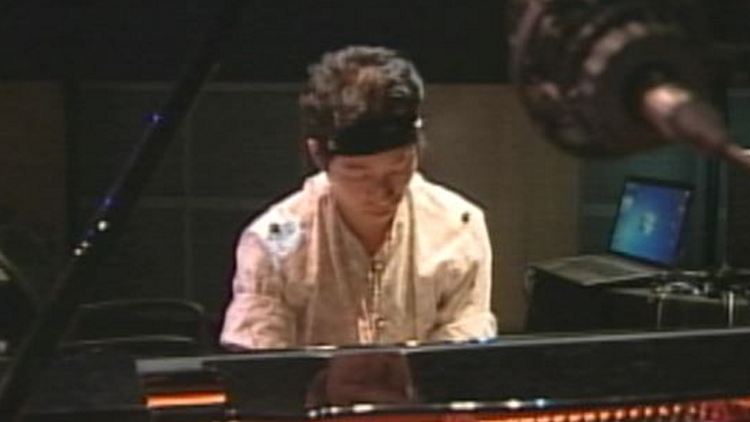
McMaster builds music laboratory

[projekktor id=’15307′]
Music is a universal language that has the power to bring people together. But how is that achieved? The live-lab is a one-of-a-kind facility at McMaster University that looks to answer those questions.
Everyone has that one song that just gets them going — in either a good or bad way. Well, the large interactive virtual environment or ‘live lab’ here at McMaster is going to break that down and try to figure out our relationship with music.
It looks just like your regular run of the mill auditorium. But in fact it’s part of a $8-million one of a kind facility that’s been nearly a decade in the making. It’s completely quiet inside — no external sounds. And it’s stocked with dozens of microphones, speakers and sensors to measure brain activity, heart rate, respiration of both the performers and audience to determine how they all coincide. We spoke with the brains behind the initiative and they explained how the uses of this facility are limitless.
Laurel Trainor, McMaster Institute for Music & the Mind: “We can figure out for example how synchronized his brain is with another musicians brain. We can figure out how synchronized his brain is with an audience member. In order to understand how he is able to achieve this, the incredible process that goes on in the brain in order to produce music. And also how the brains of different people synchronize when they’re performing an activity that requires a lot of coordination the way music does.”
Dan Bosnyak, Technical Director: “Be able to test different hearing aids inside of the environment. And people will be able to wear those hearing aids algorithms and determine which work best for different acoustic environments.”
Other uses include how rhythm could help someone with autism or Parkinsons. You can learn more tomorrow as they host an open house from noon until 3.







